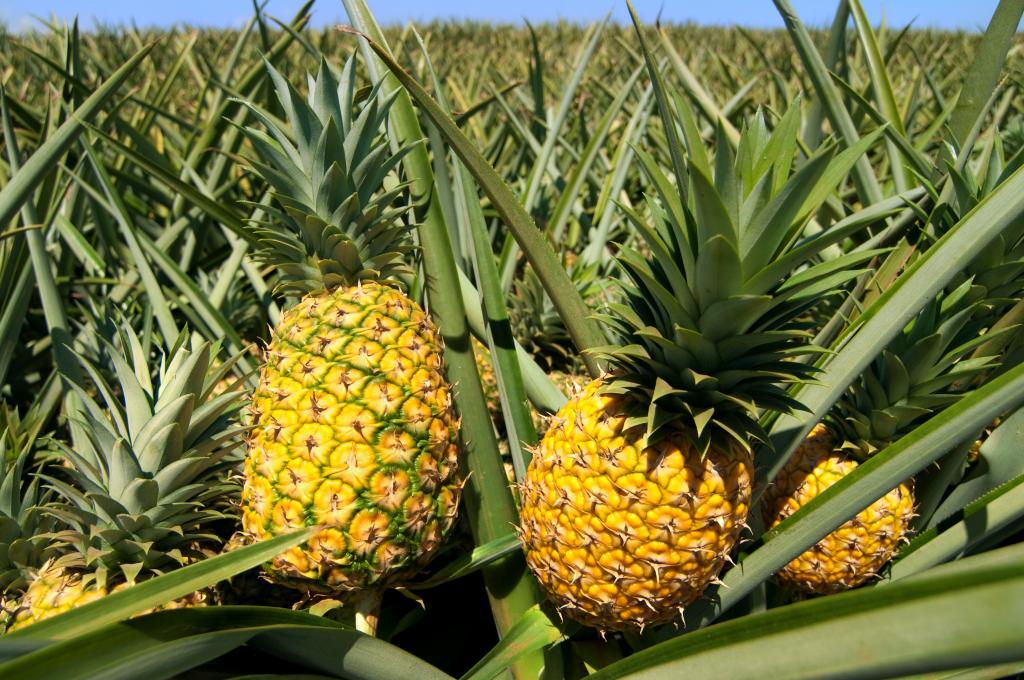Exotic fruit pineapple is familiar to most of us. Not everyone likes it, but it can be seen on the shelves of any large store. True, this fruit cannot be called cheap, it costs quite decently, and its miniature varieties are especially expensive, which are much superior in taste to their full-sized counterparts. Not surprisingly, in Southeast Asia, large pineapples are considered second-rate and are used only in cooking, and only their mini-varieties are eaten fresh.
Interesting facts about Pineapple:
Unripe pineapples are unsuitable for eating – their juice burns the lips especially strongly and has a potent laxative effect.
Each plant produces only one fruit, and after maturation, which takes from 3 to 6 months, the mother pineapple rosette dies off, forming side shoots. But the plant itself lives far from one year.
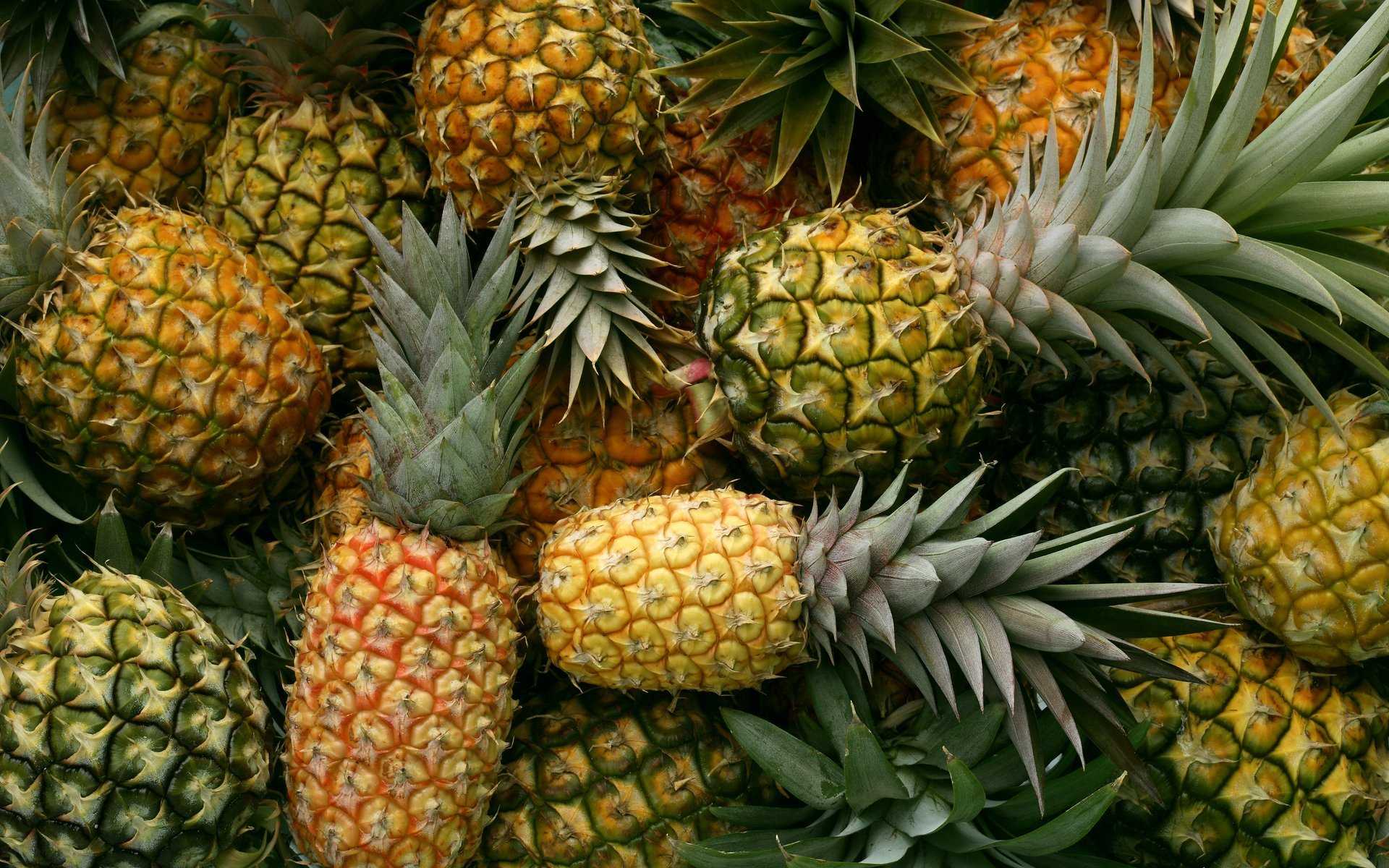
In the past, pineapple was considered a dangerous fruit for pregnant women, but later scientists proved that a woman must eat at least 10 fruits at once in order for them to cause a miscarriage.
Pineapple pulp is 86% water. For comparison, in cabbage, water accounts for about 91% of the mass, and in cucumbers – up to 97%.
This plant itself has a trunk up to a meter high, which becomes wider over the years, and can reach a couple of meters in diameter. And the pineapple fruit is at its top, in the center.
At the beginning of the 19th century, the famous French writer Honore de Balzac, dreaming of getting rich, built greenhouses for growing pineapples in the Parisian suburbs. Alas, his idea failed.
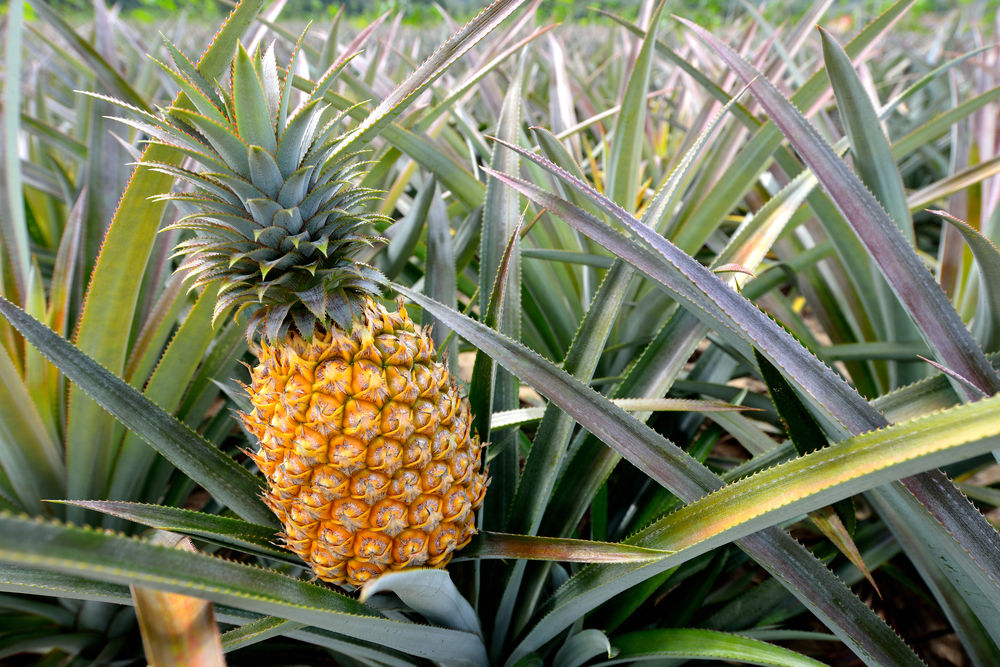
All cultivars of pineapple are, strictly speaking, sterile. They do not form seeds, but reproduce exclusively vegetatively, with the help of shoots. At the same time, if you cross them with wild varieties, the ability to reproduce by seeds in newly formed hybrids will be.
Pineapple does not continue to ripen after being picked, unlike most fruits. Bananas, for example, do become tastier if you pick them green and let them ripen in this form.
South American Indians have used the fiber of dense and tough pineapple leaves since ancient times for weaving mats and even making clothes. In the modern world, pineapple leaves, which are waste products, are used to make an environmentally friendly fabric, strong and durable.
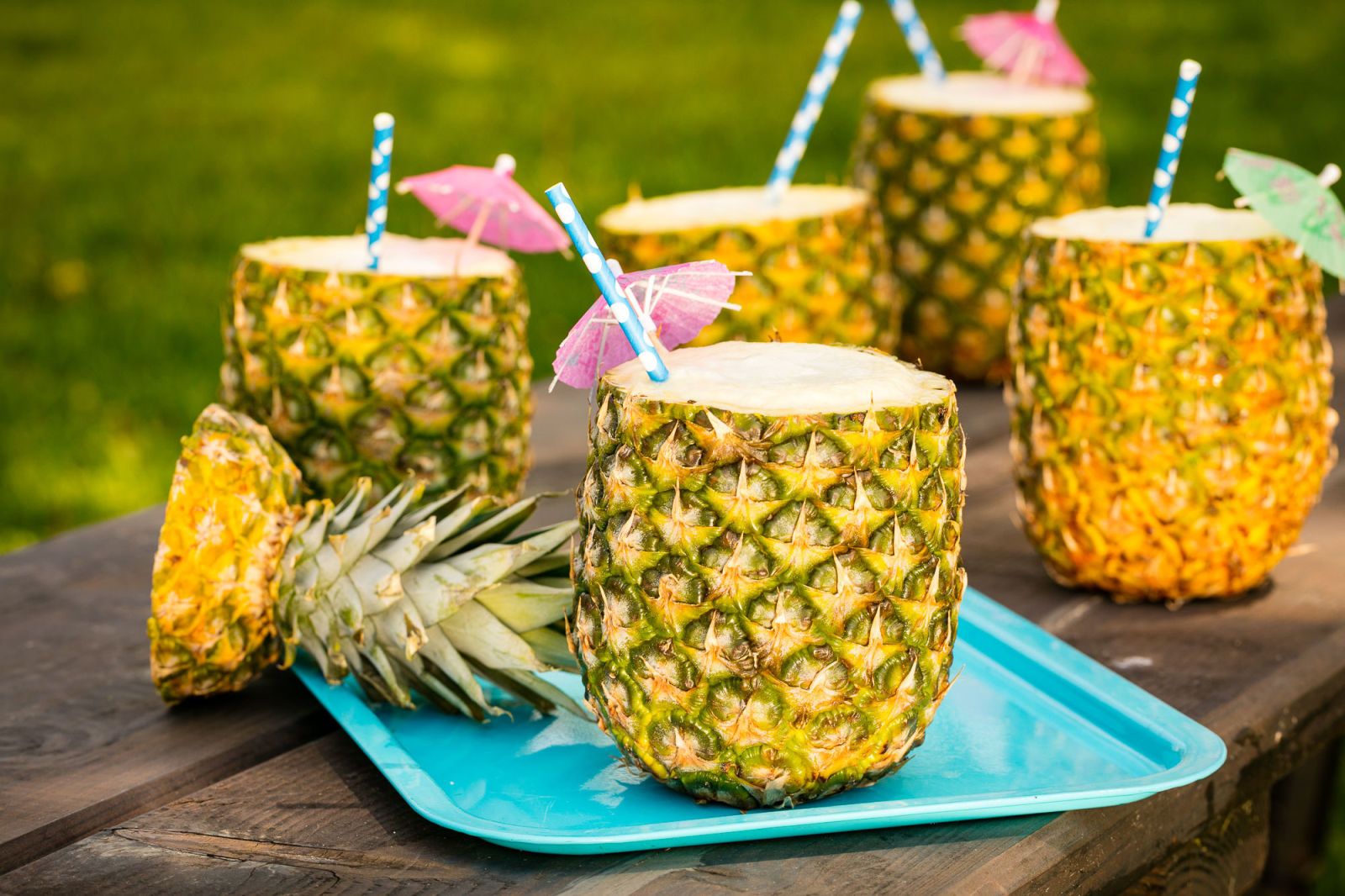
It takes almost 3 years for a pineapple to fully ripen, if you count from the moment planting until the ripe fruit can be picked.
If you cut off the crown of a purchased pineapple and plant it in moist soil, it will give roots and begin to grow actively. Particularly lucky even manage to grow a real homemade pineapple in this way.
There are more than 80 varieties of pineapples in the world.
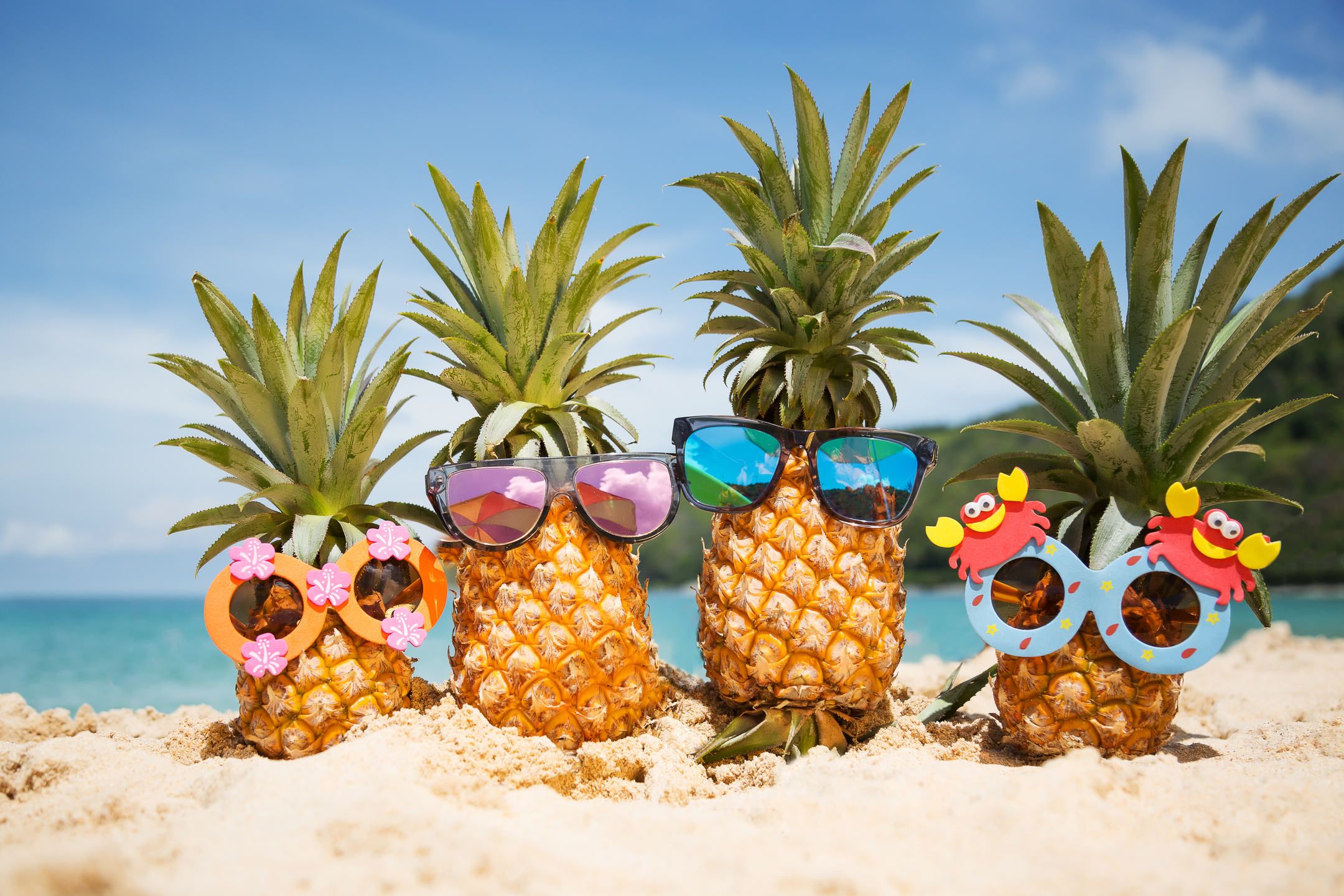
The fruits of all types of pineapples look very similar to each other, but the weight they can range from 0.5 kg to 4 kg depending on the species.
Ripe pineapple spoils very quickly – it must be eaten a maximum of two days or stored in the refrigerator – where it will remain fresh for about a week.
A glass of freshly squeezed pineapple juice can relieve the discomfort of people who get motion sick in cars and planes, as well as on board ships.
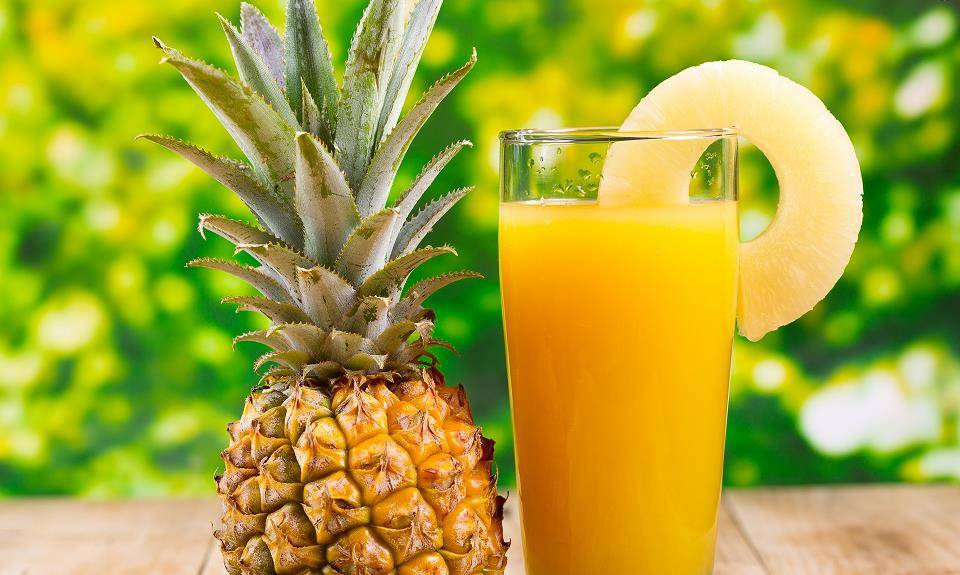
100 grams of pineapple pulp contains about 50 kcal, which makes it a dietary product.
From a botanical point of view, pineapple is not a fruit. This is not even a berry, but several dozen berries fused around a common center.
Pineapple pulp does not contain fat, but it contains a lot of fiber useful for digestion.
In Brazil, breeders have developed a new kind of pineapple that does not need to be peeled from the prickly peel, and it can be easily divided into slices, like a tangerine.
